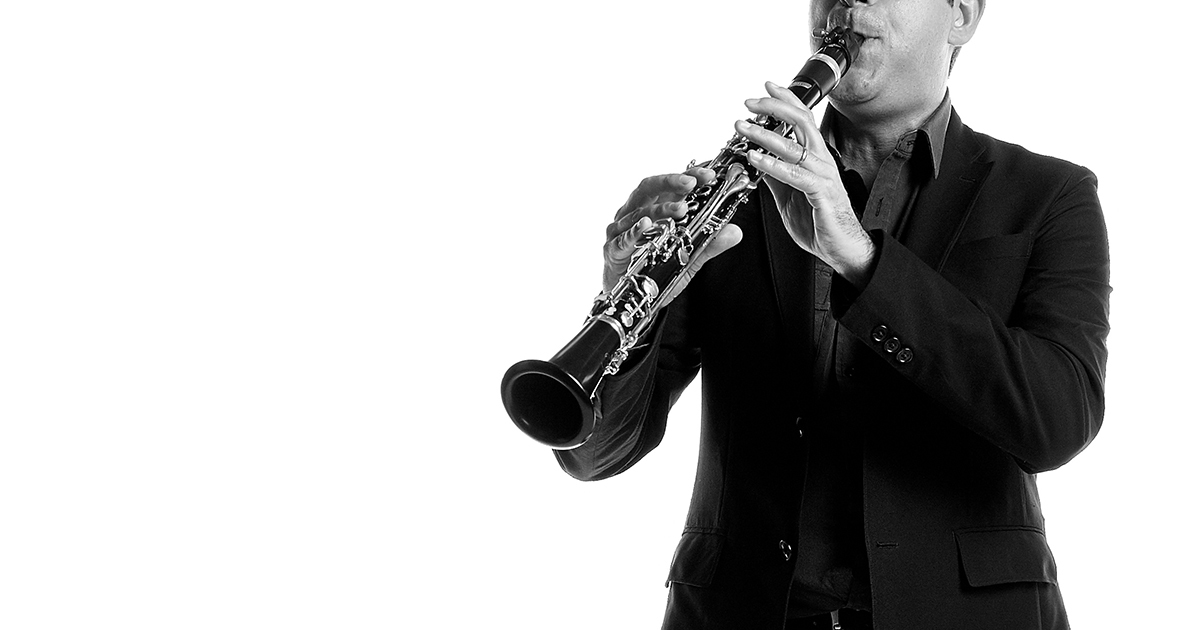The 10 Most Difficult First Clarinet Orchestral Parts
by Mitchell Estrin
Date Posted: August 15, 2018

Since the invention of the clarinet, composers have sought to expand the musical and technical capabilities of the instrument. When examining clarinet repertoire from 1750 onward, it is interesting to observe the continuum of development of range and the increasing complexities presented in the music.
With the adaptation and introduction of the Boehm System on the clarinet by Hyacinthe Klosé and Auguste Buffet jeune in 1843, it became possible to play a true full range chromatic scale that was both flexible and accurately pitched. From this point forward, composers began to rapidly increase the musical and technical demands made on clarinetists.
Some of the most difficult and challenging music for the clarinet is from the orchestral repertoire. Successful execution of passages from this music will often dictate whether or not a clarinetist will have a successful career.
After thoughtful evaluation of the musical and technical demands in standard orchestral literature, here are my selections (listed alphabetically) for the 10 most difficult first clarinet orchestral parts. This list cannot possibly be comprehensive, but is intended to represent the mainstream repertoire for orchestral performance and auditions.
1. Béla Bartók – The Miraculous Mandarin.
Three florid cadenzas and many difficult tutti passages.
2. Alberto Ginastera - Variaciones concertantes. Variation 2
(Variazione in modo di Scherzo) may have the most difficult orchestral passages ever composed for the clarinet.
3. Zoltán Kodály - Dances of Galánta.
Two long and difficult cadenzas, and many pages of pyro-technical tutti passages.
4. Felix Mendelssohn - Scherzo fromA Midsummer Night's Dream.
The soft, light, and rapid-fire articulation required is a litmus test for any clarinetist.
5. Carl Nielsen - Symphony No. 5.
This work has some very challenging solo passages. The first movement concludes with a haunting Quasi molto lontano clarinet cadenza.
6. Sergei Prokofiev - Peter and the Wolf.
A short but devilishly difficult cadenza follows the narrator saying, "…and in a twinkling, the cat ran up the tree."
7. Maurice Ravel - Daphnis and Chloe - Suite No. 2.
Multiple pages of extraordinarily challenging technical passage work.
8. Sergei Rachmaninoff - Symphony No. 2.
The magnificent third movement solo is a true test of tone, legato, expressivity, and endurance...and there is the high D.
9. Bedřich Smetana - Overture to The Bartered Bride.
Often forgotten, but this overture contains extremely challenging finger and articulation passage work for the first clarinet (in C).
10. Igor Stravinsky - Firebird Suite.
The Variation de l’oiseau de feu is particularly noteworthy for the rapid technical passages.
There are, of course, dozens of others. If you are serious about the clarinet and have aspirations to win an orchestral position, get this music and start woodshedding! Don't forget to study the scores and listen to multiple recordings of each piece. Be patient, as these works cannot be learned overnight - they must be learned slowly over a very long period of time.
Learn about Vandoren JUNO reeds, the only reed specifically designed for students.
Subscribe to the We Are Vandoren E-newsletter (WAVE) to receive 4 weekly articles for Performers, Students, and Educators